
views
Holding a Tambourine
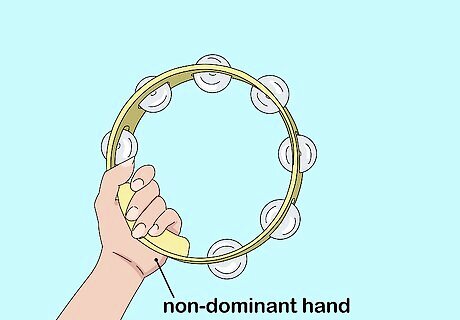
Hold the tambourine with your non-dominant hand. If you are left-handed, for example, place the tambourine in your right hand (or vice versa). Because most people have less control over their non-dominant hand, it will be put to better use holding the instrument than striking it.
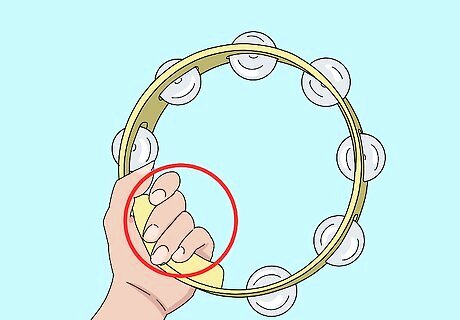
Wrap your four fingers around the tambourine's frame. Rest your thumb against either the tambourine head or across the top edge to keep it out of the way. Try not to put your fingers on the tambourine's metal cymbals, or zils, as this can muffle the sound.

Strike the tambourine with your dominant hand. Hit the tambourine with your four fingertips or with a stick held in your dominant hand, which will give you a wider range of control as you play with the tambourine.
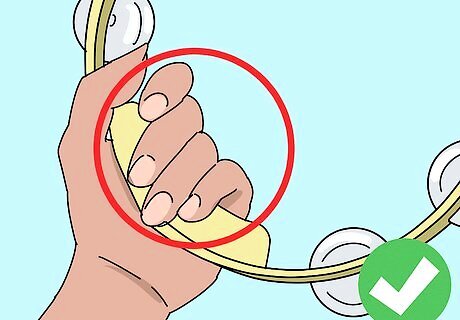
Keep your grip loose. Putting too much pressure on the tambourine's frame can limit its volume. If you feel your hand tightening, relax your grip as much as possible.
Practicing Striking Techniques

Try a standard strike. Hold your four dominant fingers together and hit the head of the tambourine in the top or bottom third of the tambourine. Play a simple standard strike to whatever beat or rhythm the accompanying music requires. Striking the tambourine in the center usually produces a muddled tone.
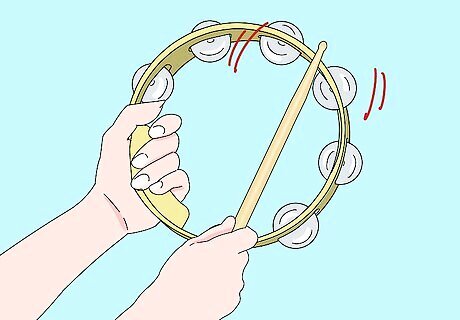
Beat a snare drumstick against the tambourine for a louder sound. Hold the tambourine in your non-dominant hand and hit the head with a snare drumstick. Use more pressure while you hit the head for a louder sound and vice versa for softer.

Do a thumb roll for a continuous sound instead of a rhythm. Hold the tambourine at a slight angle from horizontal, and curl your four dominant fingers into a fist. Press your thumb against the tambourine's head and drag it in a circular motion. This should cause the zils, or metal cymbals, to make a sustained jingling sound.
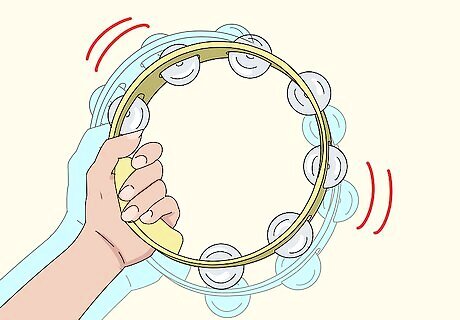
Use a shake roll for longer periods of time than a thumb roll. Thumb rolls are ideal for short jingling sounds but, if you need something longer than a few seconds, a shake roll will work better. Hold the tambourine vertically in front of you and twist it back and forth with your non-dominant hand. Shake it as quickly or as slowly as you want depending on the rhythm you're trying to achieve.
Making or Supplementing Music
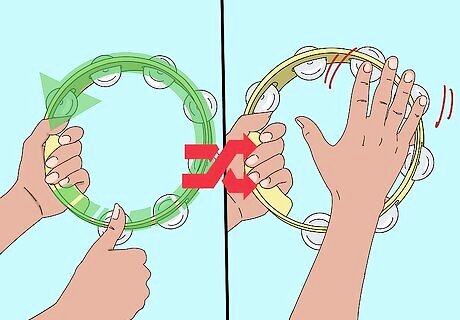
Practice transitioning between striking techniques. Depending on the song's rhythm, you may need to rotate between several different striking methods in a song. Practice going from one technique to another quickly so that if a song calls for several different tones or rhythms, you can match it with the right roll or strike.

Play as much of the rhythm as possible on one hand. While using two hands may seem useful for complex songs, it can mess with your timing. Avoid switching the tambourine back and forth between your hands for the clearest rhythm.
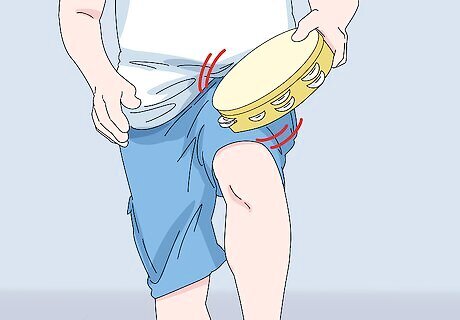
Strike your tambourine against your knee when playing fast rhythms. If you're playing along to a fast song, hold the tambourine in your non-dominant hand and prop your foot on something that puts your thigh parallel to the floor, like a box or stepping stool. Strike your knee or thigh with the tambourine's shell (back side) while you play a tempo with your dominant hand. This helps make the tambourine strike louder and more pronounced.
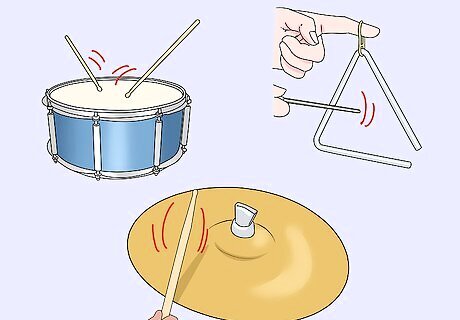
Play to the beat of the percussion if you don't know when to play. If you're trying to play along to a song you didn't write, listen for a drum, triangle, cymbal, or other percussion instruments, and try striking your tambourine to the same beat. When in doubt, this is a safe way to make sure you're playing to the right beat.
Using a Tambourine to Keep Time

Train yourself to identify time signatures. Developing a good ear for tempos will help you beat out the same rhythms on your tambourine. Listen to common music time signatures while reading the accompanying sheet music to learn how different tempos affect musical notes.
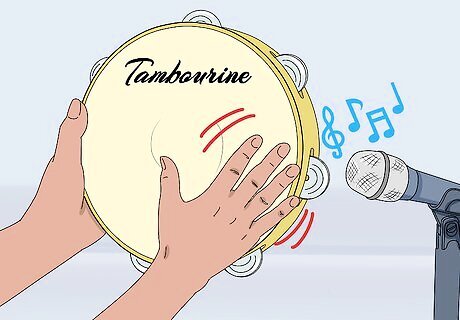
Record yourself to assess your current time keeping skills. Choose a time signature (like 4/4 or 6/8) and try to beat your tambourine to the rhythm while recording yourself. Listen to the recording and make a mental assessment of your abilities. Ask yourself the following questions: "Did I hurry or slow down too much at any parts?" "How even was my rhythm?" "If I compared this to a metronome beating at the same time signature, how would it compare?"

Practice keeping accurate time with a metronome. A metronome can help guide you through a tempo and train you to play an even rhythm. Set your metronome to a specific time signature and strike your tambourine along to the beat. As you improve on keeping time with your metronome, set your metronome to increasingly complex time signatures. If you don't have a metronome, download a metronome app on your phone.
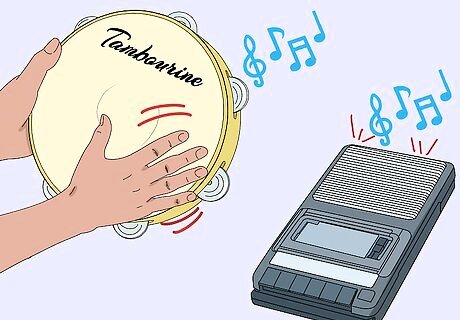
Play along to song recordings. Choose a recording with a time signature you're having trouble with and try to accompany the song with your tambourine. A song already featuring a tambourine is ideal to start with because you can compare your timekeeping skills to the tambourine recording. As your rhythm improves, progress to songs without tambourines and add your own beats as you see fit.



















Comments
0 comment